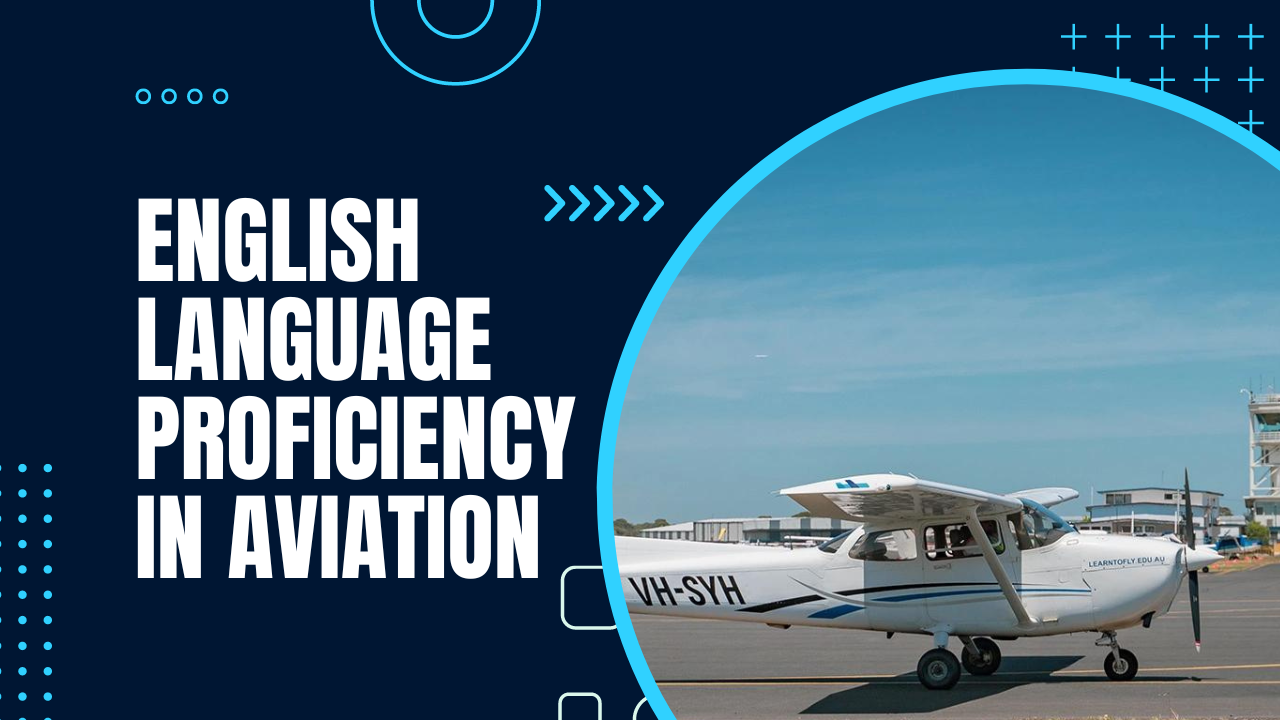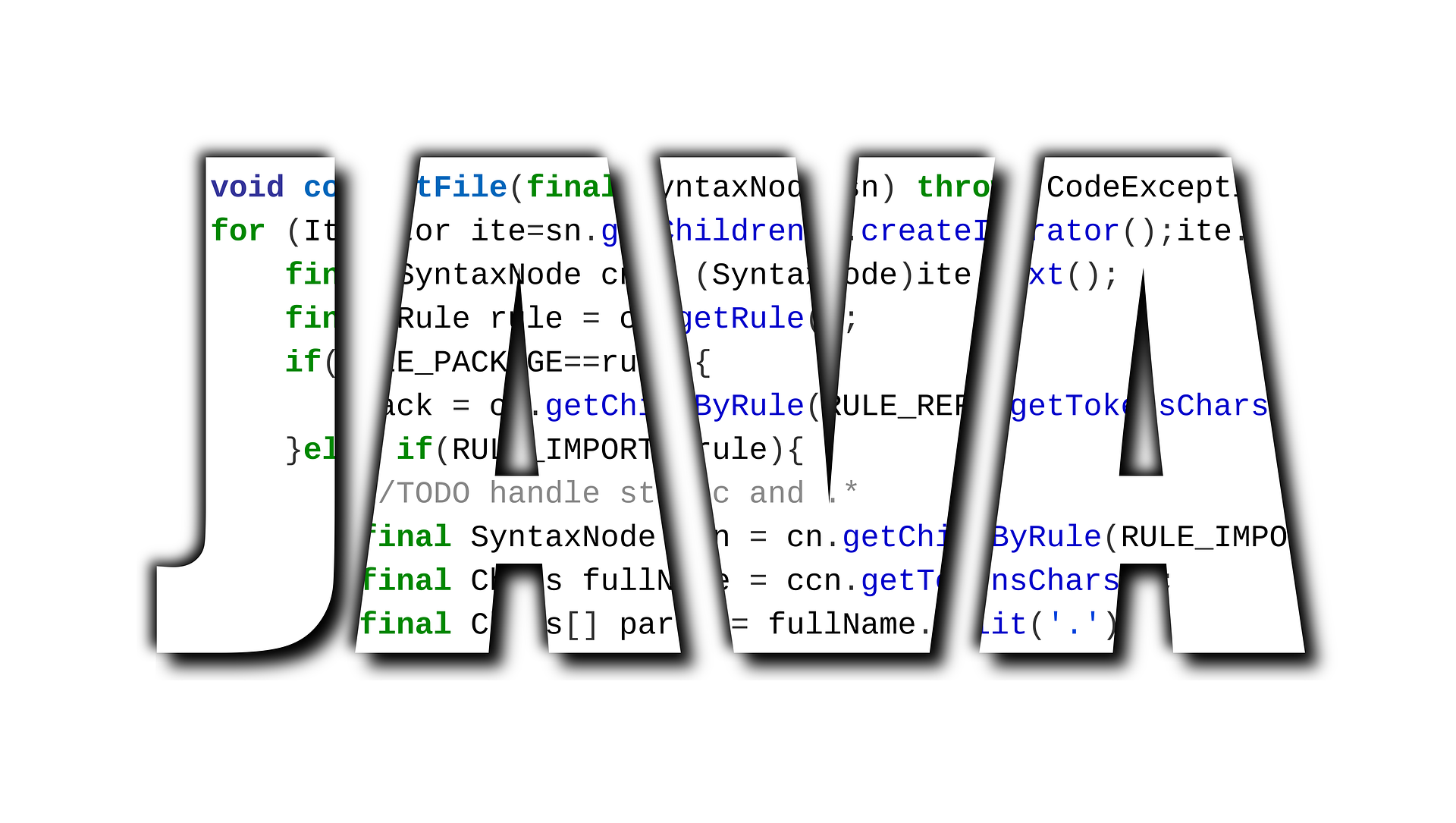English Language Proficiency in Aviation
Training to become a pilot but not sure if your English language skills are adequate to successfully pass the English Language Proficiency test? To become a pilot recognised by the Civil Aviation Safety Authority, you will be required to have functional proficiency in English and aviation terminology. Not sure how to go about getting assessed? Read on to find out all you need to know about English Language Proficiency requirements when flight training in Australia.
Why is There a Standard Language?
The international standard language for radio communication and procedures in aviation is English. The International Civil Aviation Organization (ICAO) is responsible for standardising it across all aeronautical communication. English can sometimes feel intimidating for many pilots who don’t use it as a first language, so we will break it down here for you to understand. Even if it’s your first language, it can still sometimes feel intimidating. So, read on, and you’ll have this topic covered in no time! Let’s begin working through English Language Proficiency in Aviation.
Proficiency Is Key
When defining ‘English Language Proficiency in Aviation’, ICAO focuses on achieving English Language Proficiency Level 4 as a minimum operational level. You must meet the English language requirements to use an aeronautical radio – which is a must for a pilot.
To achieve this proficiency status, you undertake an Aviation English Language Proficiency (AELP) test to assess your verbal proficiency in English – specifically for aviation terminology. To hold an AELP as a pilot, you need also to hold your:
- Recreational Pilot Licence (RPL) with a Flight Radio Endorsement
- Private Pilot Licence (PPL)
- Commercial Pilot Licence (CPL)
- Air Transport Pilot Licence (ATPL)
What is involved in the English Language Proficiency Test in Aviation?
Your first step is finding an approved assessor, then there’s the test itself. Based on CASA’s guidelines, you should allow around 20 to 30 minutes for the assessment. The assessment will focus specifically on your:
- Pronunciation
- Structure
- Vocabulary
- Fluency
- Comprehension
- Interactions
For each of the above, you will be scored between 1 and 6, and the lowest of your scores is assigned as your rating. Given ICAO aim to have a minimum proficiency level of ‘4’, that means this is the lowest you can score in any of the six categories to pass the assessment.
You will be tested on the basis that you can:
- Communicate effectively in voice-only and face-to-face situations;
- Communicate on common and work-related topics with accuracy and clarity;
- Use appropriate communicative strategies to exchange messages and to recognise and resolve misunderstandings in a general or work-related context;
- Handle successfully the linguistic challenges presented by a complication or unexpected turn of events that occurs within the context of a routine work situation or communicative task with which they are otherwise familiar; and,
- Use a dialect or accent which is intelligible to the aeronautical community.
What Does the Test Involve?
The test is largely based on a number of questions and audio recordings. You will be provided with a variety of passages where the English Language is being used in an aviation context, and you’ll need to provide responses and interpretations of these passages. For example, you might hear two-way communication via radio, and you’ll need to be able to comprehend and explain what has taken place.
How Does the ICAO Rating Apply?
When you’re graded 1 to 6 for each area of assessment, these numbers are assigned based on the description of your performance. A level 6 is considered ‘expert’, a level 5 is ‘Extended’, a level 4 is ‘operational’. All of these outcomes are sufficient. However, if you score a 3 (‘pre-operational’), 2 (‘elementary’) or a 1 (‘pre-elementary’) then you will not pass the test. A result of ‘4’ is by no means perfect, but it is the minimum standard required to pass.
The minimum level of four means that you achieve the following outcomes:
- Pronunciation – The speaker’s first language or regional variation can influence pronunciation, stress, rhythm, and intonation, but these factors only sometimes interfere with ease of understanding.
- Structure – The speaker usually controls and uses basic grammatical structures and sentence patterns creatively. Errors may occur, particularly in unusual or unexpected circumstances, but they rarely interfere with meaning.
- Vocabulary – The speaker usually has sufficient vocabulary range and accuracy in communicating effectively on common, concrete, and work-related topics. They can often paraphrase successfully when lacking vocabulary in unusual or unexpected circumstances.
- Fluency – The speaker produces stretches of language at an appropriate tempo. They may experience occasional loss of fluency when transitioning from rehearsed or formulaic speech to spontaneous interaction, but this does not prevent effective communication. The speaker can make limited use of discourse markers or connectors, and fillers are not distracting.
- Comprehension – The speaker mostly comprehends common, concrete, and work-related topics accurately when the accent or variety used is sufficiently intelligible for an international community of users. When confronted with a linguistic or situational complication or an unexpected turn of events, comprehension may slow down or require clarification strategies.
The below table summarises each of the six areas of assessment and the scaled rating system that applies.

The ICAO English Language Proficiency assessment matrix. You must score a minimum of 4 in all columns to pass.
Do I Only Complete the English Proficiency Test Once?
If you obtain a score of 4, authorities will need to test you every three years, and if you score a 5, they will test you every six years. A score of 6 means there is no expiry, and authorities will not require you to be retested. If you received a score of 4, you could score a 5 or 6 when you’re retested. However, your next test result could also be lower since each test result is entirely independent.
What Is Different About a General English Language Proficiency Assessment?
The General English Language Proficiency (GELP) test is a different test that assesses your everyday use of English. Authorities mostly aim it at those who are brand new to aviation training or who use aviation air-band radios, such as a Recreational Pilot Licence without a Flight Radio Endorsement, or for someone who wants their aeronautical radio operator certificate (such as a remote pilot licence holder).
With the above in mind, you can work towards clearing your General English Language Proficiency (GELP) Assessment and taking another step towards making your dreams of getting a pilot licence in Australia come true.




Post Comment